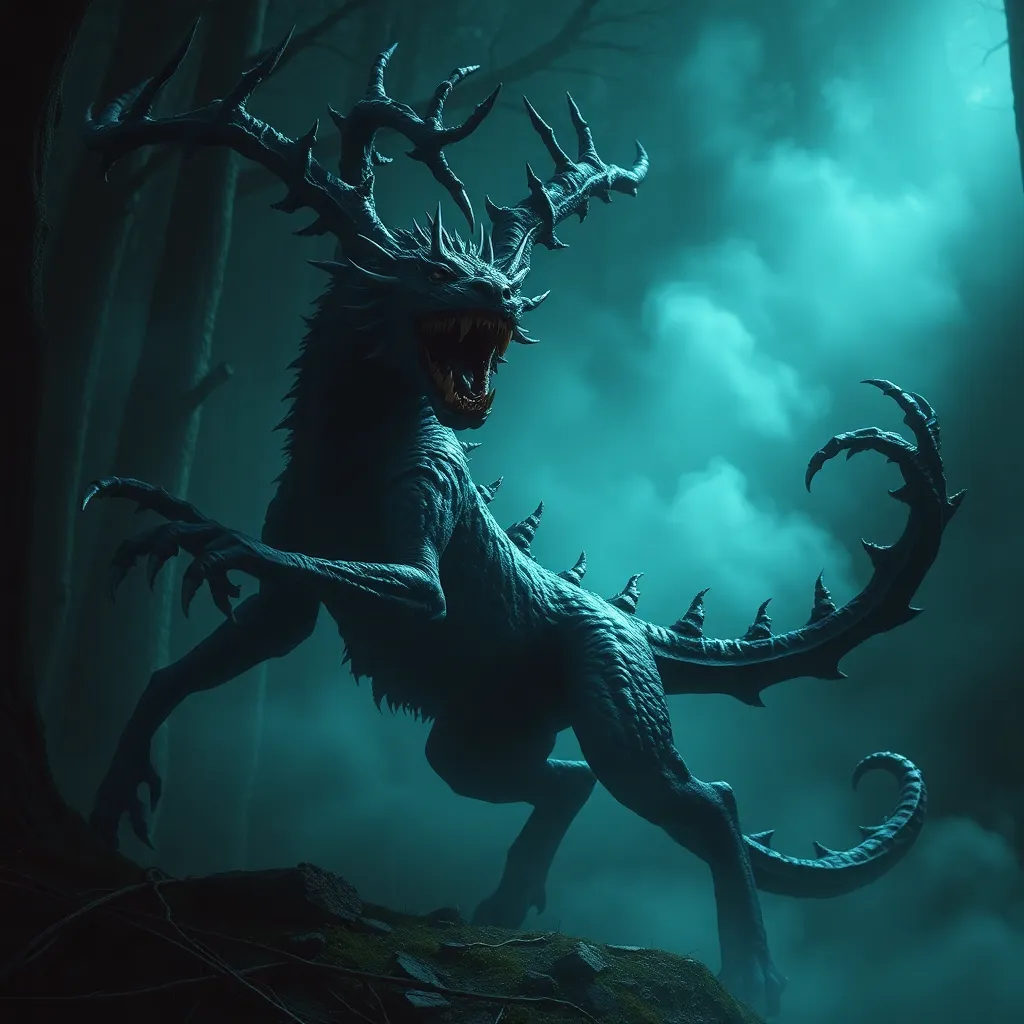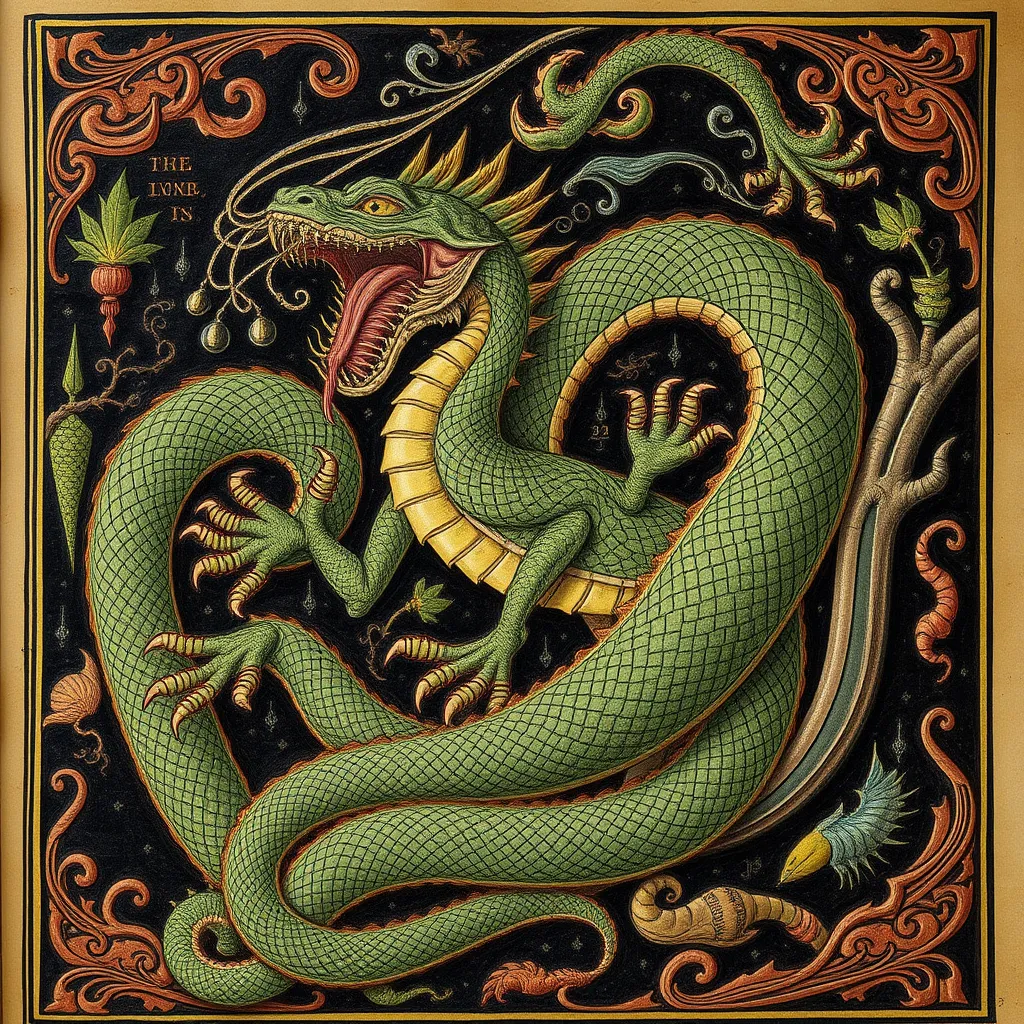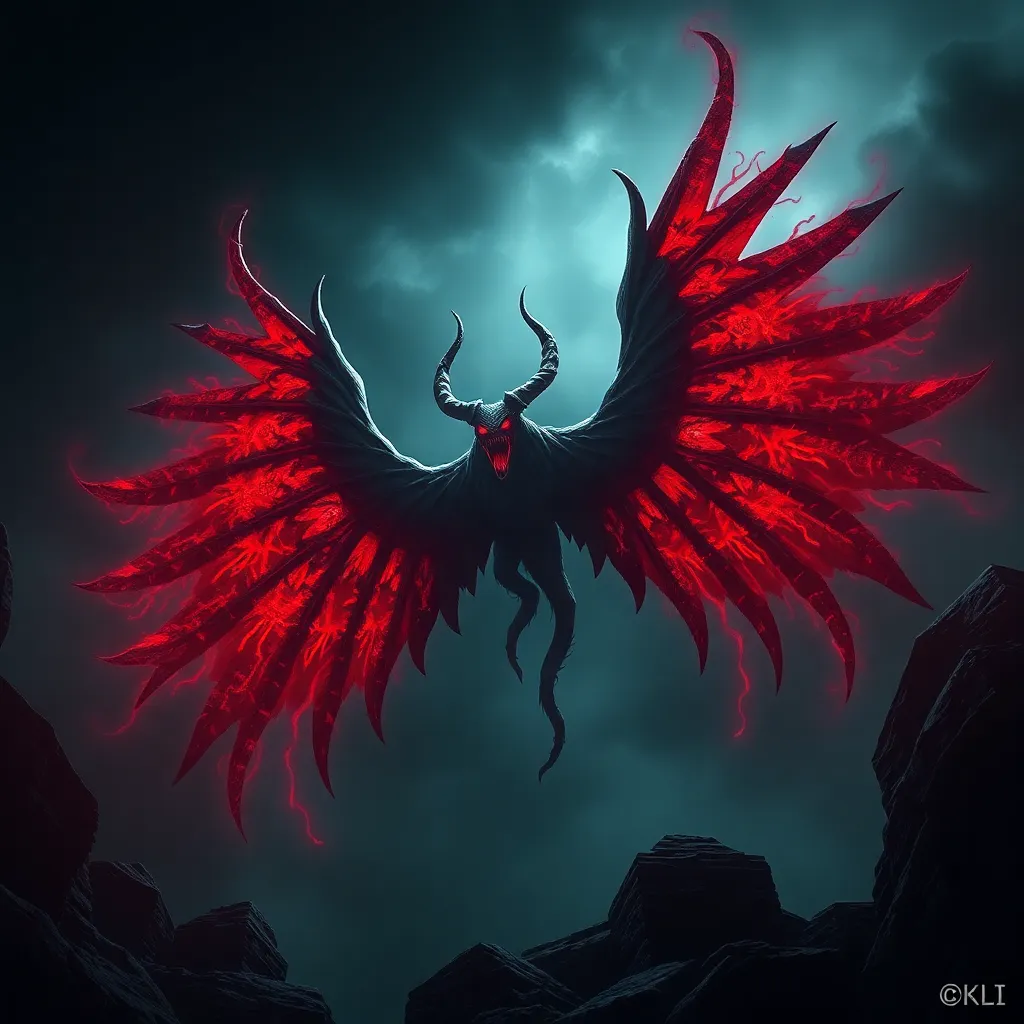The Manticore in Slavic Mythology: A Creature of the Dark Forest?
I. Introduction
The Manticore, a mythical creature often depicted as a hybrid being with the body of a lion, the head of a human, and a tail that can shoot deadly spines, has fascinated cultures for centuries. In mythological contexts, it serves as a symbol of both fear and intrigue. While the Manticore’s origins can be traced to ancient Persian and Greek myths, its significance in Slavic mythology offers a unique perspective on this enigmatic creature.
Understanding the Manticore within the framework of Slavic mythology is crucial, as it reveals the cultural values, fears, and beliefs of the Slavic people. This article aims to explore the origins, characteristics, habitat, and roles of the Manticore in Slavic folklore, as well as its modern interpretations and cultural impact.
II. The Origins of the Manticore
The Manticore’s roots can be found in historical texts dating back to ancient civilizations. Its earliest mentions are believed to originate from Persian mythology, where it was seen as a fearsome beast. The Greek historian Ctesias first described the Manticore in his writings around the 5th century BCE, detailing its terrifying appearance and lethal nature.
As the Manticore transitioned into European folklore, its depiction evolved, influenced by various cultures, including the Slavs. The creature became integrated into Slavic tales, taking on additional layers of meaning and symbolism that reflected the values and fears of the Slavic people.
III. Physical Description and Characteristics
Commonly accepted features of the Manticore include:
- A lion-like body, symbolizing strength and ferocity.
- A human-like head, representing intelligence and cunning.
- A tail that resembles a scorpion or has the ability to shoot quills, indicating danger and lethality.
However, variations in descriptions of the Manticore can be found across different Slavic texts. Some accounts depict it with additional features such as wings or a more exaggerated human likeness. These differences highlight the creature’s adaptability in folklore, serving various narrative purposes.
The symbolism of the Manticore’s physical traits often reflects deeper meanings in Slavic folklore, suggesting a connection between humanity’s dual nature—capable of both creation and destruction.
IV. The Manticore’s Habitat: The Dark Forest
In Slavic mythology, forests are often depicted as sacred and mysterious places, filled with both danger and enchantment. The Manticore is frequently associated with these dark, dense woods, where it serves as a guardian of the wild.
The significance of forests in Slavic mythology cannot be overstated. They are seen as realms of magic, inhabited by various creatures, both benevolent and malevolent. The Manticore fits into this ecosystem as a formidable presence, embodying the untamed aspects of nature.
Moreover, the connection between the Manticore and other forest-dwelling creatures enriches the narrative landscape of Slavic folklore. It interacts with beings such as:
- Woodland spirits, representing nature’s guardianship.
- Witches or magical beings, symbolizing the duality of nature.
- Other mythical beasts, highlighting the competition and conflict inherent in the natural world.
V. The Role of the Manticore in Slavic Folktales
Key stories featuring the Manticore often revolve around themes of bravery, danger, and the consequences of hubris. In various folktales, heroes must confront the Manticore to prove their worth or to protect their communities from its wrath.
Common themes and morals associated with the Manticore’s appearances include:
- The importance of respect for nature and its creatures.
- The idea that courage is often met with great challenges.
- The notion that true wisdom lies in understanding one’s limits.
When compared to other mythological beings in Slavic folklore, the Manticore stands out for its complex nature, embodying both protector and predator, which enriches the moral fabric of the stories in which it appears.
VI. The Manticore as a Symbol of Fear and Mystery
The psychological interpretations of the Manticore reveal much about human fears and societal anxieties. As a creature that embodies both beauty and danger, it serves as a reminder of the darker aspects of the human psyche.
In cautionary tales, the Manticore acts as a warning against overstepping boundaries or disturbing the natural order. Its dual nature—protector of the forest yet a fearsome predator—reflects the complexities of life, suggesting that safety often lies alongside danger.
VII. Modern Interpretations and Cultural Impact
In contemporary literature and media, the Manticore continues to captivate audiences, appearing in various forms from fantasy novels to video games. This resurgence of interest illustrates the enduring legacy of the Manticore and its adaptability to modern narratives.
The revival of interest in Slavic mythology has also led to a broader exploration of the region’s rich folklore, bringing attention to other fascinating beings and stories. Cross-cultural comparisons with similar mythological creatures, such as the Chimera or the Griffin, highlight the universal themes of fear, power, and the unknown that resonate across different cultures.
VIII. Conclusion
In summary, the Manticore holds a significant place in Slavic mythology, embodying the complexities of nature and the human experience. Its portrayal as both a fearsome beast and a guardian of the wild reflects the duality of existence and the intricate relationship between humanity and the natural world.
The creature’s enduring legacy serves as a testament to the richness of Slavic folklore, inviting further exploration into its myriad of beings and stories. As we delve deeper into these narratives, we uncover not only the fears and beliefs of the past but also the timeless lessons they impart.



